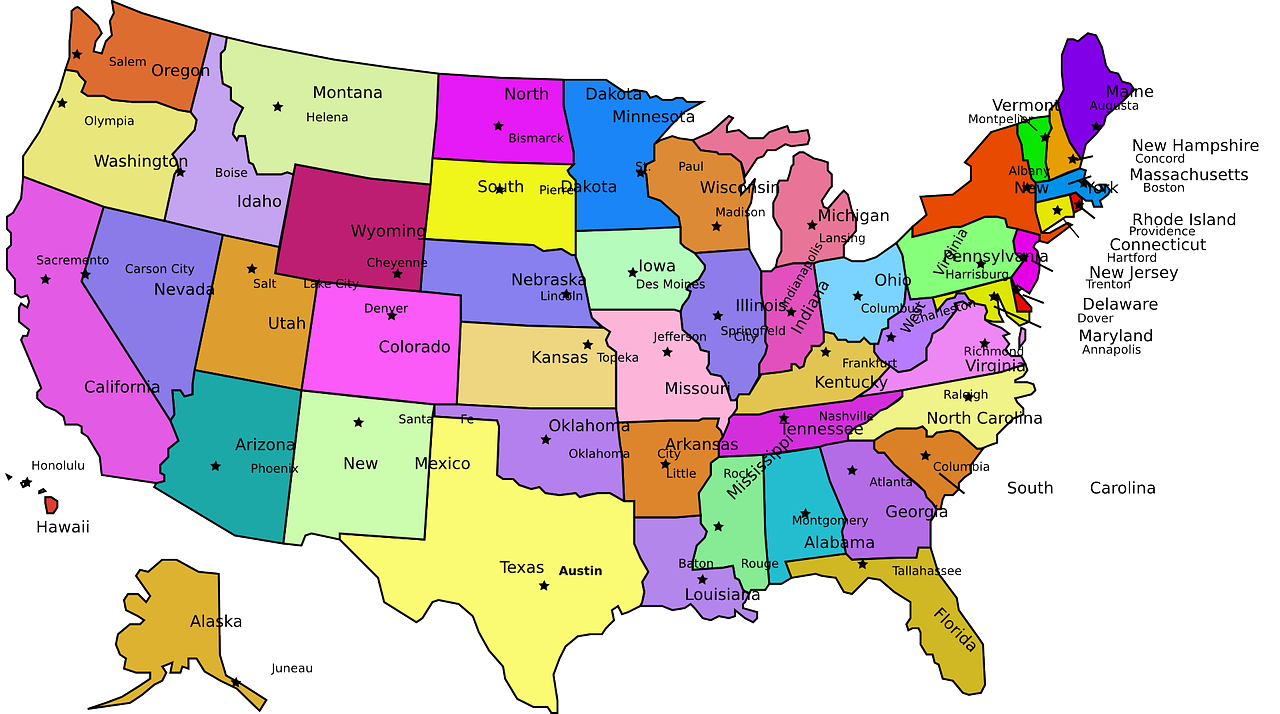The autumn of 2021 delivered a shock to the state of Texas. More than 9,000 migrants crossed the border on a September day into the town of Del Rio and huddled in a tent camp under a bridge. Thousands more came later that week from countries all over the world, challenging the town’s ability to handle them.
The following spring, Texas opened a new frontier of its own. On April 13, a bus pulled into Union Station in Washington, D.C., carrying 24 migrants who had been offered a free ride from the border city of Eagle Pass, Texas, chartered by the state’s Division of Emergency Management. More buses arrived in the capital over the next several days.
Washington’s mayor, Muriel Bowser, suggested that many of the migrants had been “tricked” into riding the buses by the Texas governor, Greg Abbott. The White House called it a “political stunt.”
In the two years since Mr. Abbott dispatched the first buses from Texas, the busing program has turned into a significant part of the country’s transportation infrastructure for migrants.
A New York Times analysis of state records, immigration data collected by Syracuse University and records from the destination cities, as well as interviews with dozens of migrants, city officials and immigration organization leaders, show that the Texas program is continuing to expand its reach — new target cities include Boston, Detroit and Albuquerque — and helping to reshape migration across the United States.

